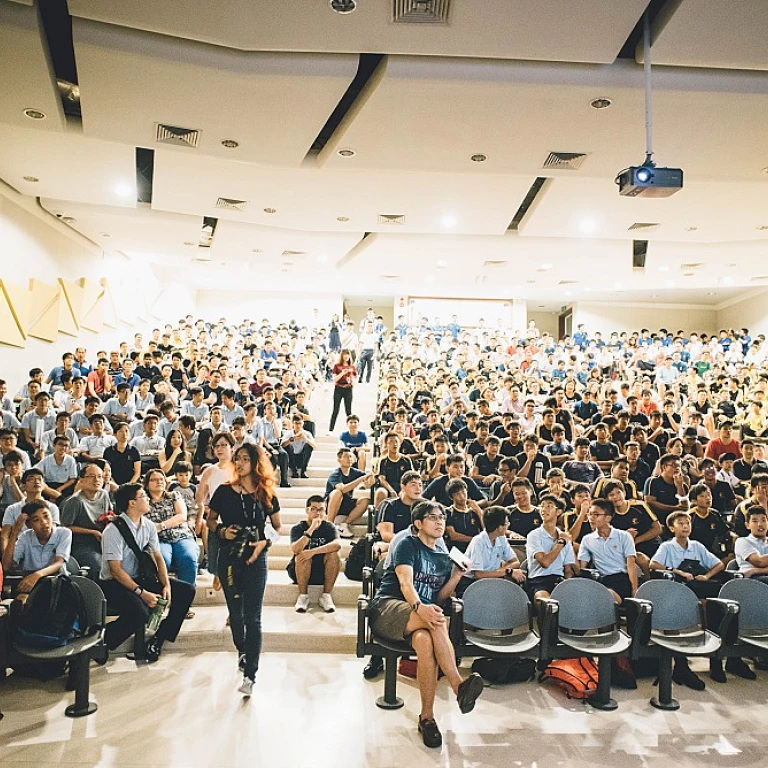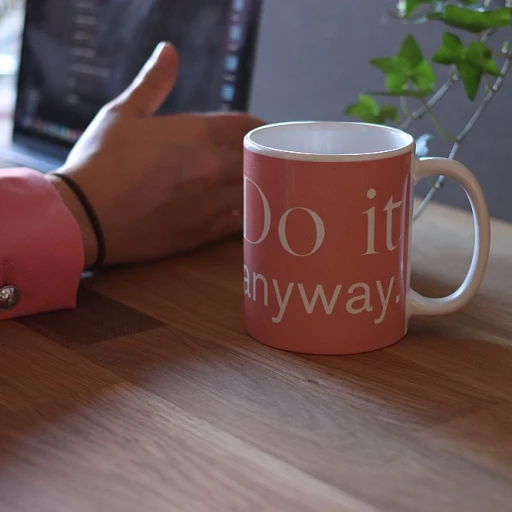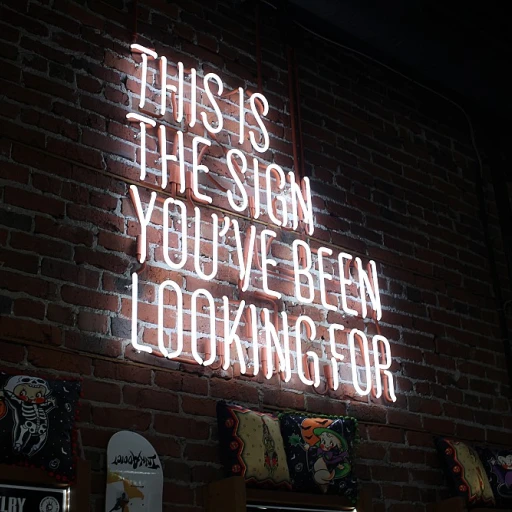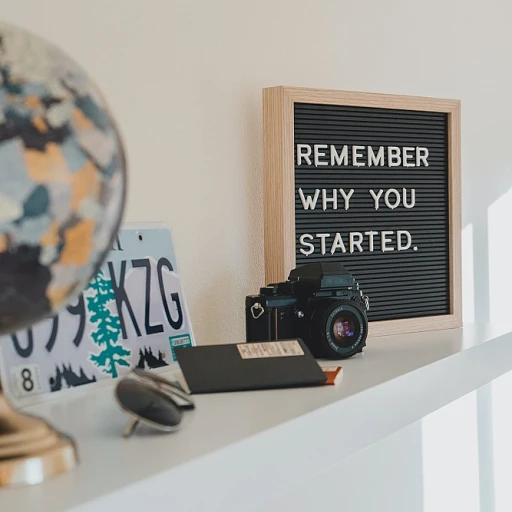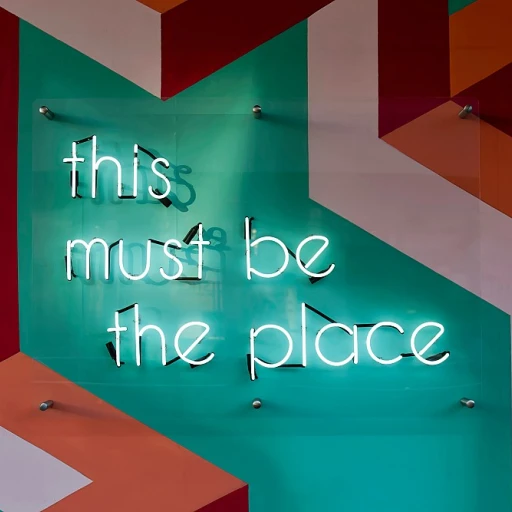
Understanding the Concept of a Learning Portfolio
Diving into the Concept of Learning Portfolios
The idea of a learning portfolio is gradually gaining traction as an effective tool for leadership development. Essentially, a learning portfolio serves as a comprehensive collection of a student's work, experiences, and reflections accumulated over time. It acts as a structured method to document learning outcomes and track progress, making it invaluable for both students and professionals aiming to evolve their leadership skills. In the realm of higher education, student portfolios are utilized to showcase a student's achievements, skills, and experiential learning experiences. These digital portfolios are not just a repository for student work; they also allow university students to critically reflect on their journey, adding depth to their education. When we look deeper, a learning portfolio transcends being a mere collection. It embraces elements of education by encouraging students to engage with their work critically. Through sections dedicated to course assessments, feedback from teachers, and personal reflections, portfolios aid in better understanding and internalizing concepts. This process, in turn, boosts professional development. Moreover, student learning portfolios are hugely beneficial for shifting from rote learning to a more dynamic, problem-solving approach. Such portfolios help students continually develop new skills, adapt to new challenges, and cement a lifelong learning mindset, which is pivotal for effective leadership. Embracing innovative approaches to leadership development through learning portfolios can transform the educational experience for both students and educators, preparing future leaders to effectively navigate the challenges of the professional world. For further insights on this innovative approach, explore this comprehensive resource. As portfolios take on digital forms, they become more dynamic, allowing for greater interaction and sharing of insights. While crafting your learning portfolio, it’s beneficial to take inspiration from some successful examples and tailor one that best suits your educational and professional goals. This process is not only pivotal for leadership development but also essential in cultivating a culture of continuous improvement.Key Components of a Learning Portfolio
Breaking Down the Building Blocks of a Learning Portfolio
Creating a robust learning portfolio requires careful consideration of various key components that collectively contribute to personal and professional growth. When university students, educators, or professionals embrace these elements, their digital portfolios become a dynamic tool for tracking development and showcasing skills.- Collection of Student Work: One of the foundational elements is gathering a variety of student work. This includes assignments, projects, and other coursework that demonstrate learning progress and mastery of specific skills over time.
- Reflective Entries: An essential aspect is the incorporation of critical reflection. By regularly reflecting on experiences and outcomes, students can gain deeper insights into their strengths, areas for improvement, and overall learning journey.
- Feedback Integration: Including feedback from teachers and peers can provide valuable insights into how students' work is perceived and where enhancements are needed. Continual feedback plays a crucial role in improving student learning outcomes.
- Skill Development Assessment: A learning portfolio should have a mechanism for assessing skill development. This might include a review section where students outline personal and academic growth in relation to predetermined learning objectives.
- Course Summaries: Students should integrate summaries or insights from courses that were pivotal in shaping their educational trajectory. Highlighting key learnings from these courses can demonstrate understanding and application of knowledge.
Benefits of Maintaining a Learning Portfolio
Advantages of Sustaining a Learning Portfolio
Maintaining a learning portfolio offers significant benefits not just for students, but for professionals engaged in ongoing leadership development. A learning portfolio provides a structured way to document student work and reflect on one's learning experiences over time.- Tracking Progress: By continuously updating your portfolio, you will have a clear picture of your progress. This ongoing assessment helps in identifying strengths and areas needing improvement, promoting more efficient student learning.
- Showcasing Skills: Whether you are a university student or a professional, a well-maintained portfolio can highlight your skills and accomplishments. It serves as an example of your capabilities and growth, which can be crucial when applying for future roles or courses.
- Enhanced Reflective Practice: Building a digital portfolio encourages reflective practice. Through critical reflection on experiences, students can gain deeper insights into their personal development and learning outcomes.
- Facilitating Feedback: A comprehensive portfolio enables more productive feedback from teachers and mentors. This feedback, in turn, fuels further growth and helps students tailor their learning paths more effectively.
- Leveraging Technology: Digital portfolios streamline the experience of curating and expanding one’s work. They make it easier for students to incorporate multimedia elements such as images, videos, and URLs, enhancing the learning teaching process.
Steps to Create Your Own Learning Portfolio
Crafting Your Personalized Learning Pathway
Creating a learning portfolio is a dynamic process that involves thoughtful planning and organization. Here are steps to guide you:
- Identify Your Learning Goals: Start by defining what you aim to achieve. Are you focusing on building particular leadership skills, or do you want to improve your critical reflection abilities? Understanding your goals will help tailor your portfolio to meet these aspirations.
- Collect Relevant Materials: Gather examples of your student work, digital artifacts, and feedback from courses and any experiential learning opportunities. These materials will form the core of your portfolio, showcasing your learning journey.
- Select Appropriate Tools: Choose tools that will facilitate creating and maintaining your portfolio. Digital portfolios are increasingly popular in higher education due to their versatility and ease of access. Numerous platforms are available, from university systems to independent digital tools, offering various functionalities for managing student portfolios.
- Organize and Categorize Content: Structure your content into distinct sections, such as completed courses, skills acquired, and feedback received. This clarity will not only assist you in assessing your progress but also help students and educators easily navigate your portfolio.
- Incorporate Self-Assessment and Reflection: Regularly evaluate your progress and reflect on your learning experiences. This critical reflection will enable you to recognize improvement areas and adjust your learning strategies accordingly.
Time spent organizing and curating your student portfolio will significantly impact its effectiveness as a learning tool. An organized collection of evidence of learning and skill development can serve as a powerful testament to your growth and readiness for professional development opportunities.
Integrating Feedback and Reflection
Fostering Growth through Feedback and Reflection
In the evolving landscape of higher education and professional development, feedback and reflection are pivotal in shaping an effective learning portfolio. Feedback is not merely an assessment tool; it offers invaluable insights that can guide students in refining their skills and enhancing their learning outcomes.- Gather Constructive Feedback: Actively seek feedback from a variety of sources, such as teachers, peers, and mentors. This diverse input is essential for a comprehensive view of your performance and areas for growth.
- Reflect on Experiences: Engage in critical reflection of both your successes and challenges. This not only reinforces learning but also develops your ability to apply theoretical knowledge to real-world scenarios, a crucial skill in professional settings.
- Document Feedback: Record feedback in your digital portfolio to track your progress over time. This practice not only demonstrates your ability to accept and adapt to critique but also showcases your commitment to continuous improvement.
- Create an Action Plan: Utilize feedback to create action plans that target specific areas of improvement. This strategic approach ensures that each piece of feedback is transformed into a learning opportunity, ultimately enriching your portfolio.
- Set Aside Time for Reflection: Allocate regular intervals for reflection within your schedule. This intentional practice helps consolidate learning and aligns your experiences with your academic and professional goals.
